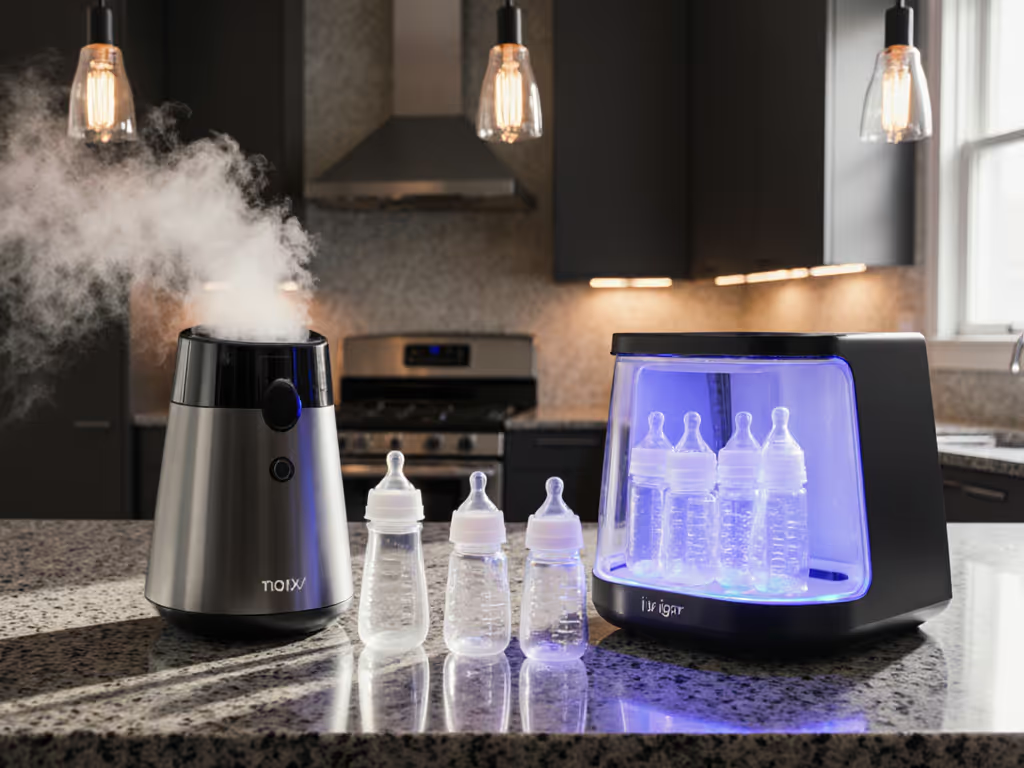

Leila Okoye
Step-by-step routines, troubleshooting, and low-cognitive-load decision trees
15Articles
4Categories
About
Turns complex options into predictable routines for first-time caregivers. Road-tests each step at 2 a.m. pace to reduce overwhelm and false starts.
Core Beliefs
Clear steps beat guesswork, especially when sleep is scarce.
Background
I once sat on the floor at 3 a.m. mapping a feed on sticky notes—warm the milk, check nipple size, burp at 30 mL, switch sides. The moment we matched nipple flow to our baby’s pace, the crying eased. Simple steps beat midnight improvisation every time.



